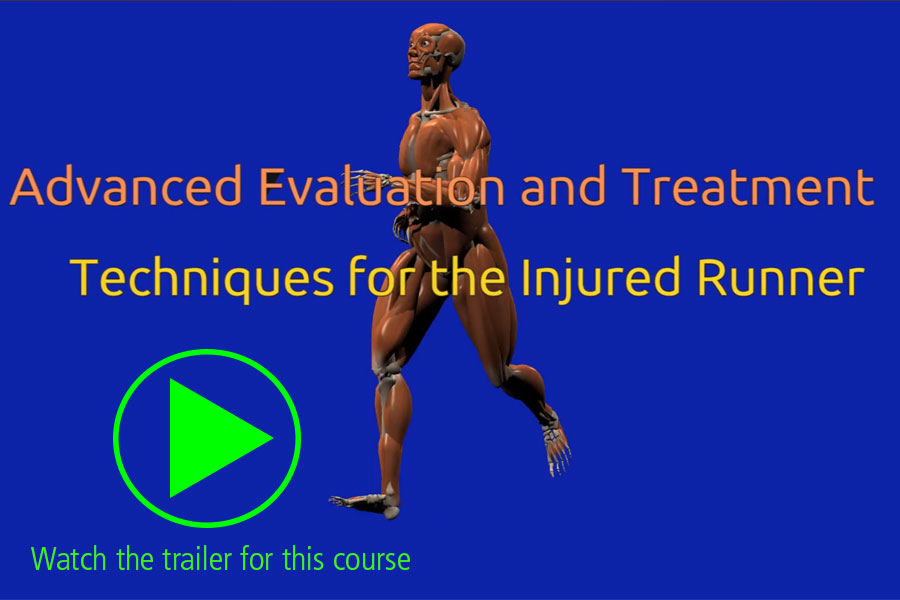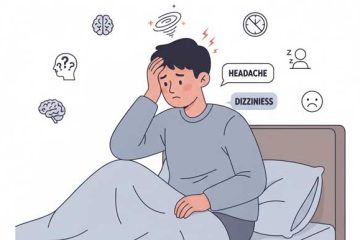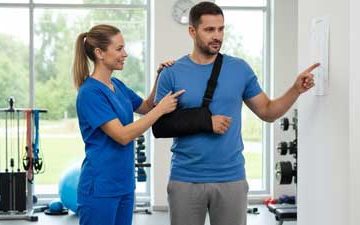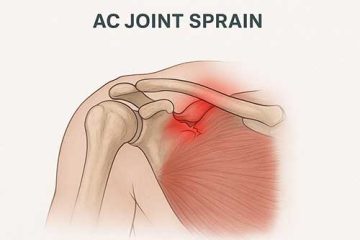What we know about running injuries is that over the last 40 years running injuries have been at a very high rate, and they’ve stayed at a high rate without really dipping much through the last 40 years. The ability of a therapist to properly conduct a functional movement screen for the elite runner is critical. If you look at the literature, on average, one out of every two runners is going to get injured. Just think about that for a second. Look at all the runners doing a race. Chicago Marathon–40,000 people run that race. New York City Marathon–up to 50,000 people, and in a typical year, one out of every two of those runners will sustain an injury. That’s unacceptable.
This video demonstrates one component of a comprehensive functional movement screen for runners. This video is part of the comprehensive running course “Advanced Evaluation and Treatment Techniques for the Injured Runner“.
The next portion of our functional movement screen for a elite runner is to ask our athlete to walk on his or her heels. We do this for several reasons. First, we are performing a myotome screen. Walking on your heels helps to clear the L4 myotome. When working with a runner, we always want to ensure that any lower extremity they demonstrate is not due to a more proximal cause, such as something wrong at the spine.
Second, we’re going to look for pain reproduction. Does this increase your pain? Runners with heel pain or shin pain will often demonstrate pain with this.
Third, we will look for relative clearance of the forefoot as it relates to the rearfoot during the heel walk assessment. Runners who have to have increased amounts of a trunk sway in the posterior direction, or pelvic sway posteriorly, often are substituting for lack of forefoot clearance. A lack of forefoot clearance is something we want to assess on the table because it may be a sign of a lack of mobility at the talocrural joint and may be a sign of reduced flexibility of the gastroc soleus complex.
And finally, we are going to determine if our athlete demonstrates any signs of pain. Conditions, where athletes may be having pain, would include conditions such as plantar heel pain or plantar fasciitis. A kid with an open growth plate might be Sever’s disease, or calcaneal apophysitis, as well as shin pain. Shin pain can encompass conditions such as medial tibial stress syndrome, tibial stress fracture, and anterior exertional compartment syndrome.
Once we are done with the heel walk assessment, we will ask our athlete to switch and now walk on her toes. Walking on toes helps to clear the S1 myotome. We will also assess for the relative height of her ability to clear her foot off the ground. And we’re also going to take a look–does her calcaneus invert or move inward while she performs a heel walk assessment? A lack of ability of the calcaneus to invert would be a sign that the athlete’s posterior tibialis is not functioning appropriately or perhaps as a sign of deficiency.
Another thing to look at with the toe walk is the gastroc soleus complex’s relative girth, or circumference to see if one side is larger or smaller than the other. The typically smaller side is the side usually of the runner’s pain or side where they have had a past injury. Again, a smaller muscle typically cannot generate as much force as a larger muscle.
And then, finally, we’re going to be looking for pain reproduction by having an athlete walk on her toes. We’re putting stress through the sesamoids of the great toe. We’re placing stress through her metatarsal phalangeal joint. We are putting tension through the plantar fascia. We’re making the Achilles tendon work hard. We’re making the gastroc soleus complex work hard, and we want to ascertain: does our patient have any pain to any of those structures while running?
“The purpose of movement screening using fundamental movements is to attempt to identify deficient areas of mobility and stability in the asymptomatic active population that may be overlooked with typical impairment‐based testing”
https://www.ncbi.nlm.nih.gov/pmc/articles/PMC4127517/
Learn More about the Functional Movement Screen for Elite Runners
The video in this blog is referenced from Advanced Evaluation and Treatment Techniques for the Injured Runner – The Running Course® continuing education course.

Looking for more Orthopedic and Sports Rehab-related Continuing Education? Check out our new, all-access, online subscription for PT, PTA, OT, and AT.
This online course is included in our all-access annual subscription along with these other orthopedic and sports-related continuing education courses:
Injury Prevention and Optimal Mechanics in the Throwing Athlete
Biomechanics of the Shoulder
The Science of Taping: Determining Effective Techniques for Specific Diagnoses
Foundation Exercises for the Treatment of the Knee
This course is included in our new $189 all access subscription
References
Hotta, Takayuki & Nishiguchi, Shu & Fukutani, Naoto & Tashiro, Yuto & Adachi, Daiki & Morino, Saori & Aoyama, Tomoki. (2015). Functional Movement Screen for Predicting Running Injuries in 18–24-Year-Old Competitive Male Runners. The Journal of Strength and Conditioning Research. 29. 10.1519/JSC.0000000000000962.
Kraus, Kornelius1,2; Schütz, Elisabeth2,3; Taylor, William R.4,5; Doyscher, Ralf4,6 Efficacy of the Functional Movement Screen, Journal of Strength and Conditioning Research: December 2014 – Volume 28 – Issue 12 – p 3571-3584
doi: 10.1519/JSC.0000000000000556


